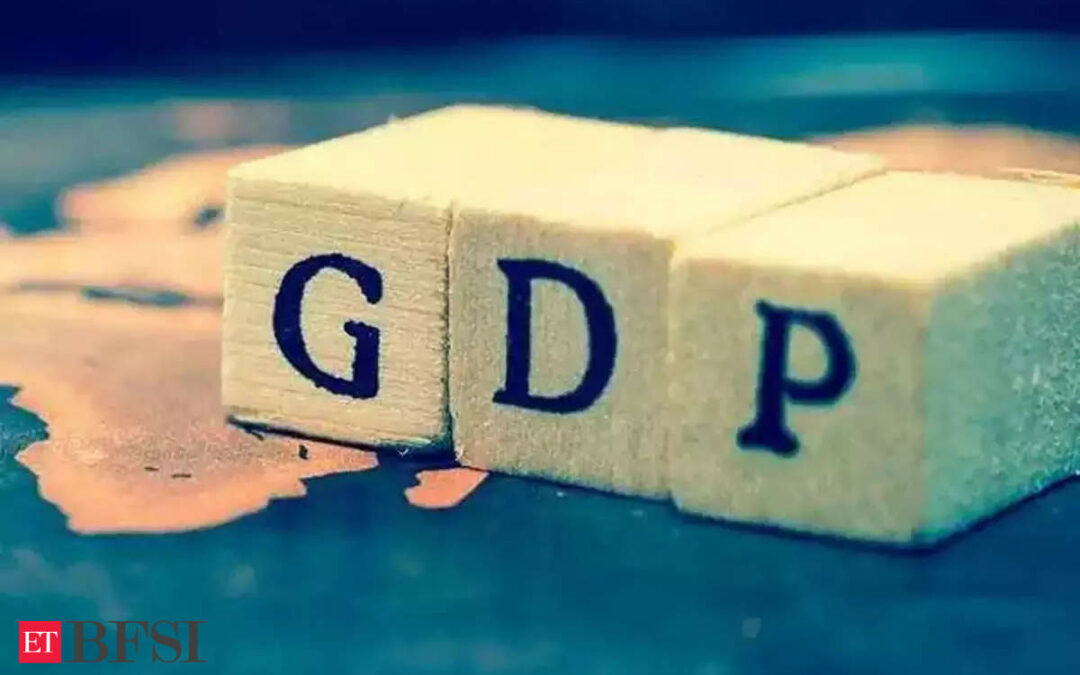The tenure of Shaktikanta Das as the governor of the Reserve Bank of India (RBI) is nearing its end next week, with speculation rising over whether he will receive an extension. His future has become a point of focus, particularly following India’s underwhelming GDP data for the second quarter, which has raised doubts about the country’s economic trajectory. The GDP growth for the July-September period was reported at just 5.4%, significantly lower than the RBI’s projection of 7%, leading to further uncertainty surrounding the central bank’s policy direction.
The RBI’s stance on monetary policy, particularly regarding interest rates, has come under scrutiny in the context of this disappointing economic performance. Despite growing calls from the government for rate cuts to stimulate growth, the RBI has shown reluctance to ease rates, citing inflationary concerns. Inflation has remained a persistent issue, particularly food inflation, which currently stands at 6.21%, largely driven by surging prices of essential items.
Govt pressure
The government’s push for lower borrowing costs, championed by Union Finance Minister Nirmala Sitharaman and Commerce Minister Piyush Goyal, has intensified pressure on the RBI. Both ministers have advocated for a reduction in interest rates to foster economic growth, with Sitharaman emphasizing the need for more affordable bank interest rates to ramp up industrial capacity. However, despite this, the RBI has maintained a cautious approach, prioritizing inflation control over economic growth.
As the RBI’s next monetary policy meeting this week, market expectations suggest that the central bank may keep the benchmark interest rate unchanged at 6.5%, a level it has held for nearly two years. The decision will be pivotal, as it will reflect the RBI’s response to the government’s calls for stimulus amid the GDP miss.
The pressure on the RBI governor is further compounded by rising food prices, which have significantly contributed to the inflationary pressures. Food inflation reached a 14-month high of 6.2% in October, driven by sharp increases in vegetable prices, which saw a staggering rise of over 42%. Other food items like pulses, oils, and cereals have also recorded substantial price hikes, complicating the RBI’s efforts to manage inflation within its target range.











